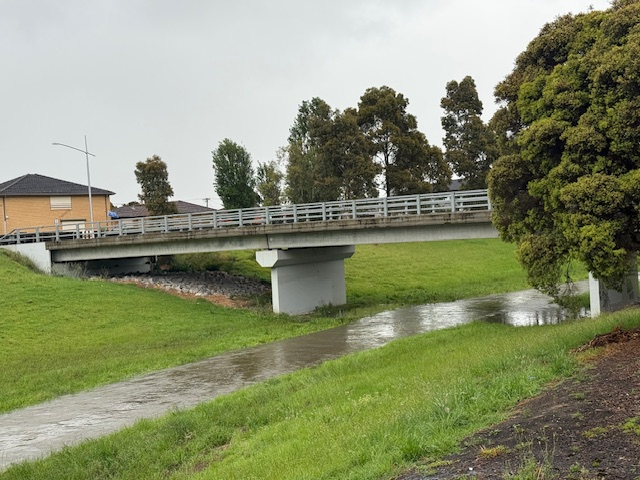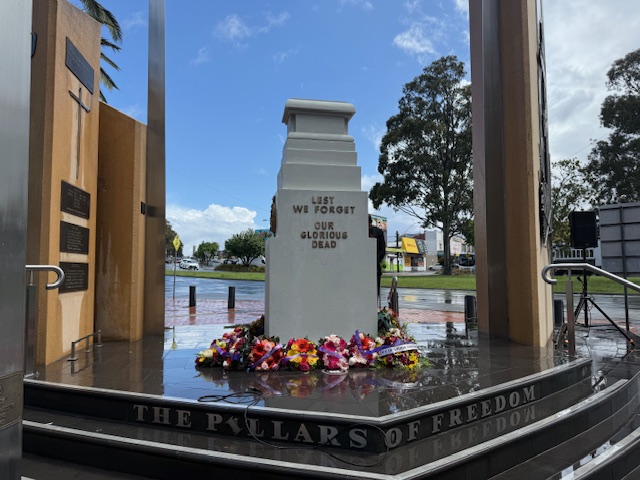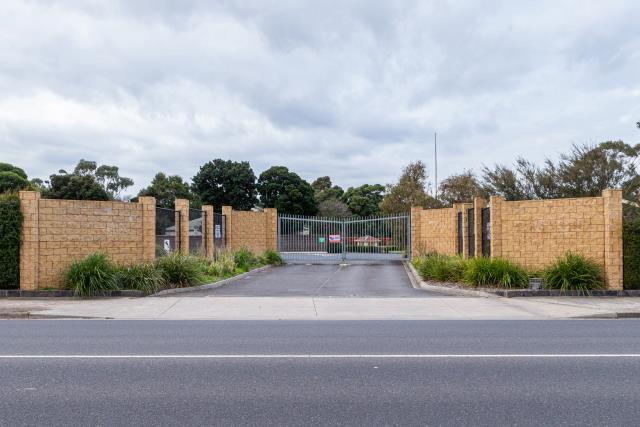 RATWISE members Robert Gipp, Marjorie Gipp, Lotte Dawes and president Thelma Wakelam said the health assessment did not do enough.
RATWISE members Robert Gipp, Marjorie Gipp, Lotte Dawes and president Thelma Wakelam said the health assessment did not do enough.
By Nicole Williams
The Department of Health study revealed the Dandenong South Industrial Two Zone and Lyndhurst Landfill had not impacted on the health of nearby residents.
An open house information session held on Tuesday night did not attract many community members but Greater Dandenong Councillor Jim Memeti and members from Residents Against Toxic Waste in the South East (RATWISE)said the study did not do enough.
The health assessment studied existing health information on residents within four kilometres of the Dandenong South Industrial Two Zone and Lyndhurst Landfill from 1991, when the tip opened, until 2008.
It examined clusters of cancers and birth defects (an abnormality during pregnancy, at birth or in early childhood) within the study area.
Cr Memeti said it was concerning the study did not consider personal experiences or cases after 2008, particularly as he was aware of two birth defects cases in the area since 2008.
“I would have liked them to speak to community to get personal experiences, rather than just data,” he said.
“It’s concerning to me that we have such deformities because that shouldn’t happen in Australia.”
“It’s heart-breaking to hear about.”
RATWISE President Thelma Wakelam said its members were concerned with the study’s limitations.
“From the outset of the report we were concerned that it is a desktop study and not an investigative study,” she said.
“It has only gone to 2008 and there has been known problems since 2009 of children born with defects.”
Ms Wakelam also said a 2009 RATWISE study showed residents were suffering breathing problems and sore throats, which would not have been picked up in this study.
Simon Slota-Kan, a senior medical adviser with the Department of Health, oversaw the study and said it was good that nothing unusual was discovered.
“We looked at a range of records and couldn’t find anything unusual,” he said.
“This is the same as the rest of Melbourne and it would have to have shown higher rates to worry about any kind of problems.”
Mr Slota-Kan said the study also looked at Greater Dandenong Maternal and Child Health Services data up to 2009.
“If the community is not happy with the study, they need to make that known,” Ms Wakelam said.
EPA Victoria also released its first quarter results of air monitoring in the area, which showed no risk to health.
EPA director Matt Vincent said it was good that there was nothing concerning in the results.
“We analysed 63 compounds and of those 63, 36 were not detected at all and the remainder represent no risk to health,” he said.
“The key issue is the results give the community the comfort they’re looking for.”
“It is not uncommon for the community to have these concerns when living next to an active industry and we understand and take those concerns seriously.”
EPA Victoria will continue to monitor the five sites and the results will be released quarterly.
Full details of the air monitoring results can be viewed at www.epa.vic.gov.au and the full Dandenong South and Lyndhurst health assessment can be downloaded at www.health.vic.gov.au/enviroment/community/land/






